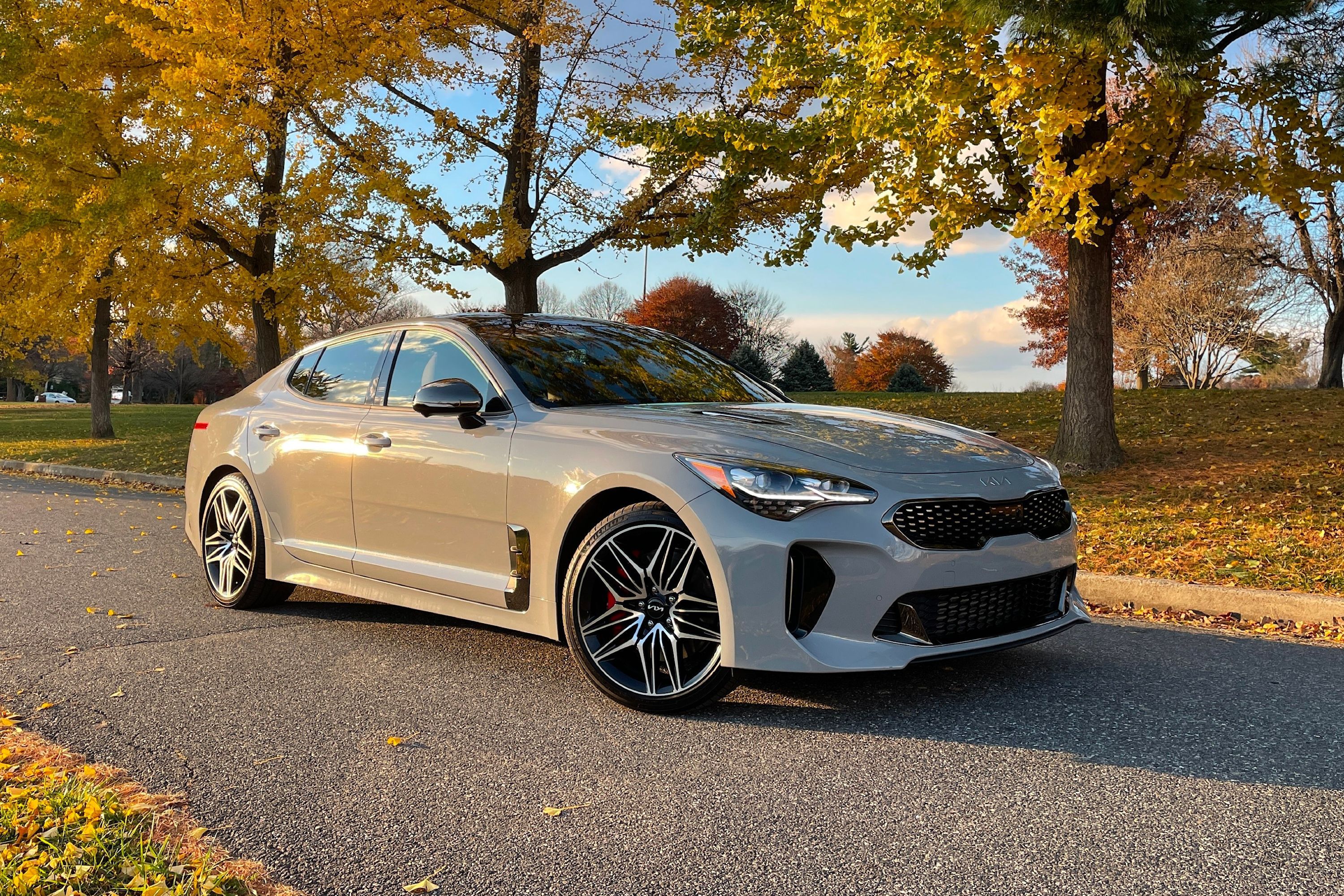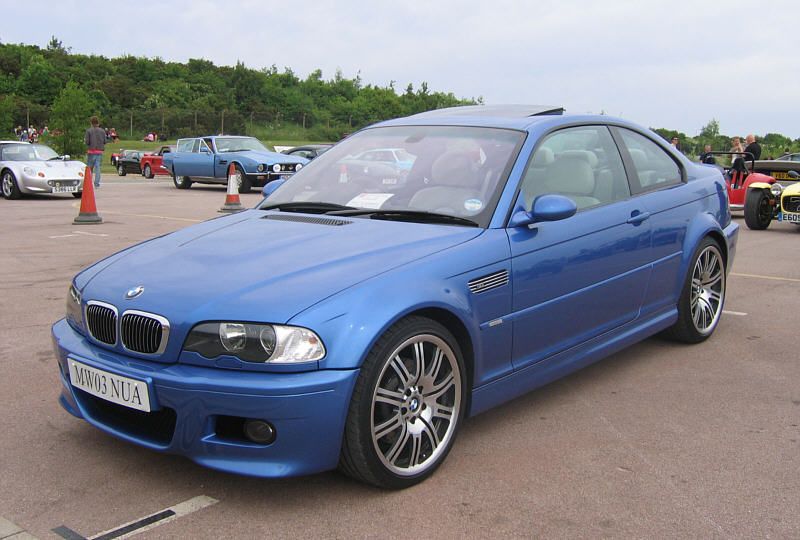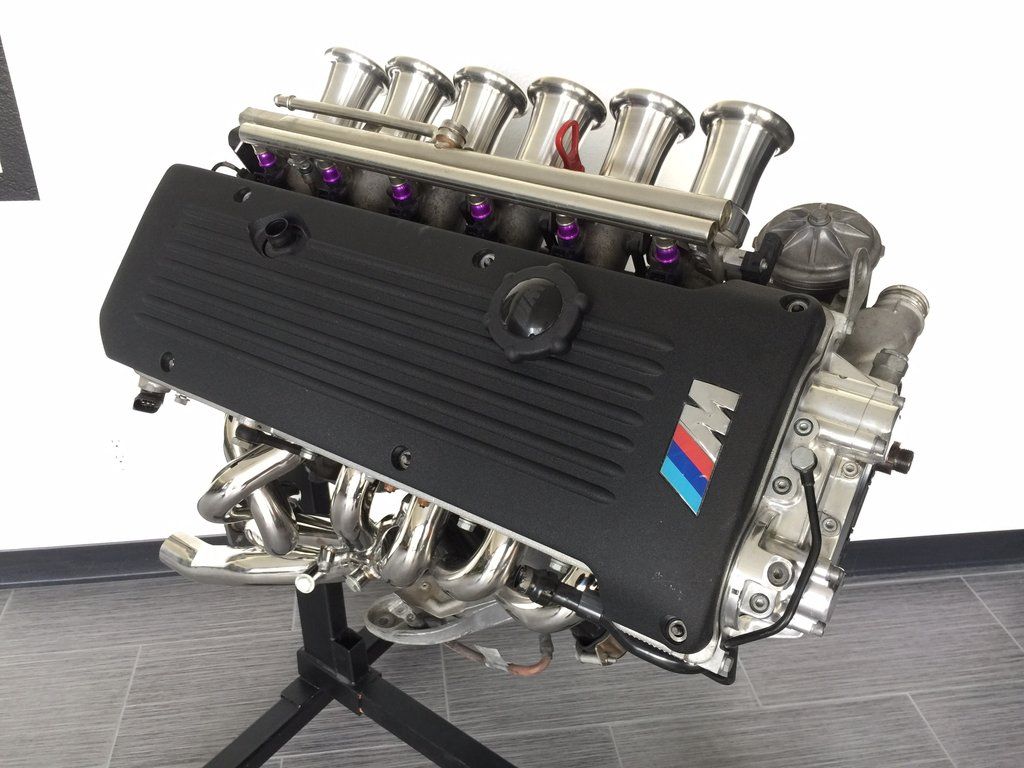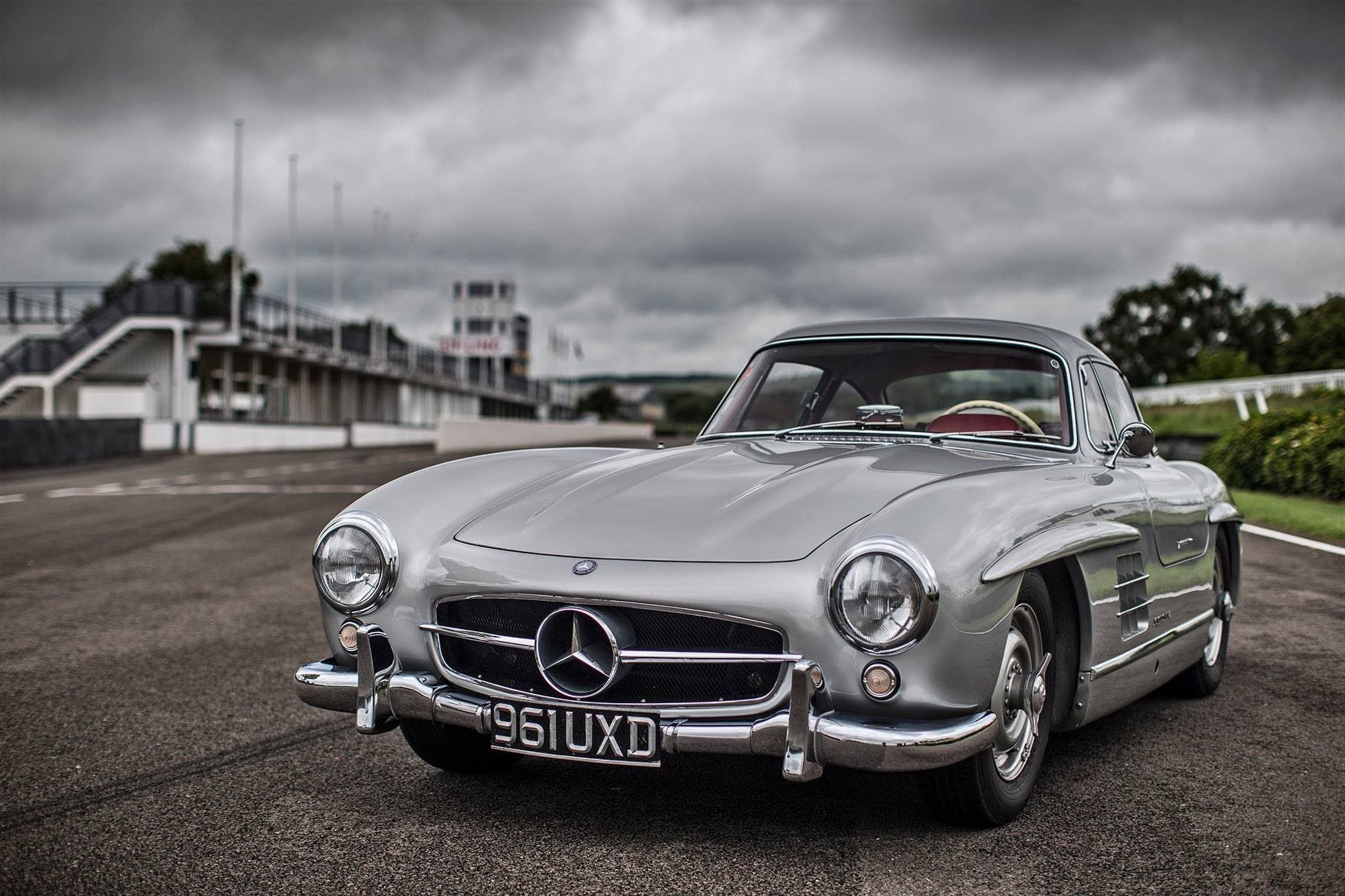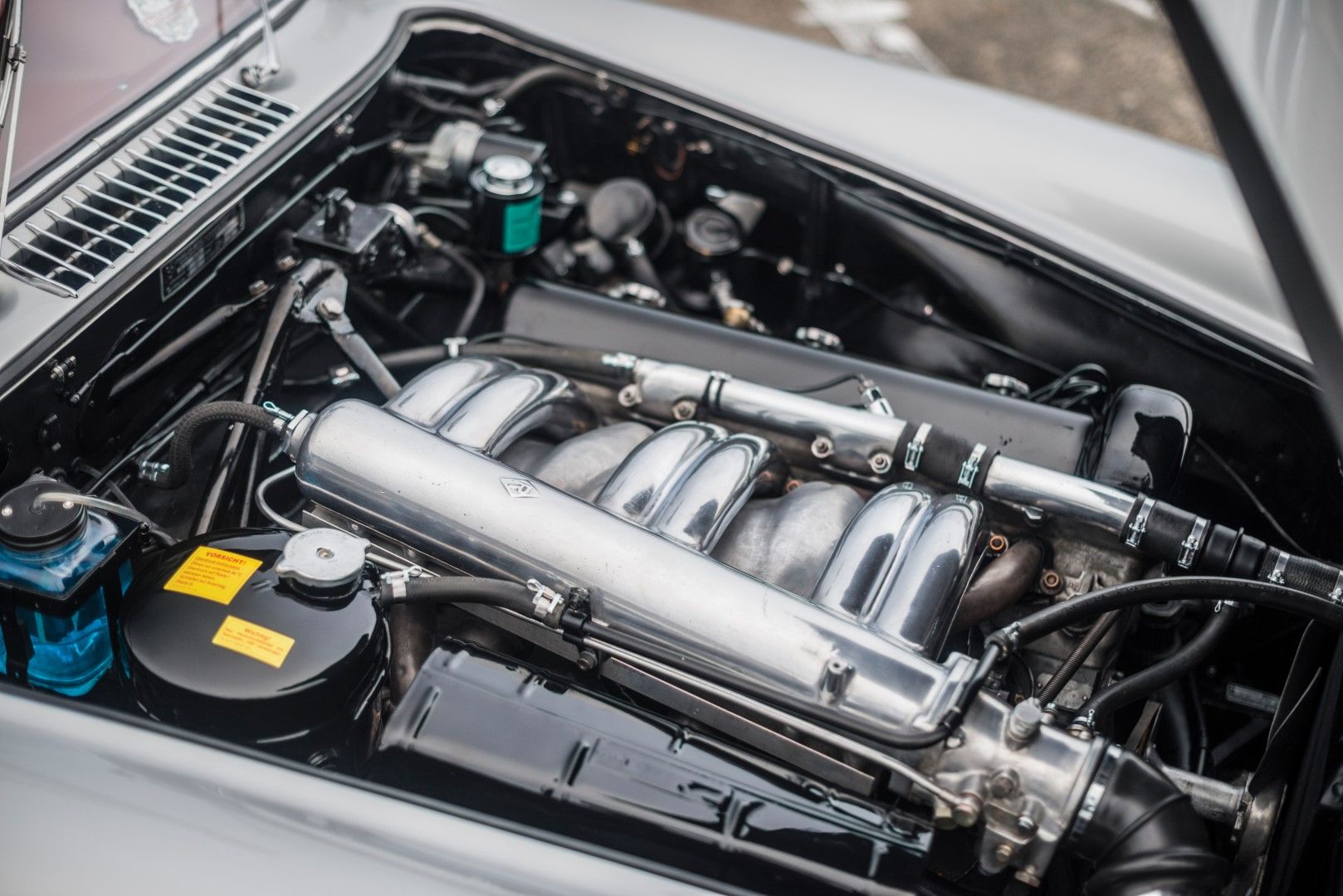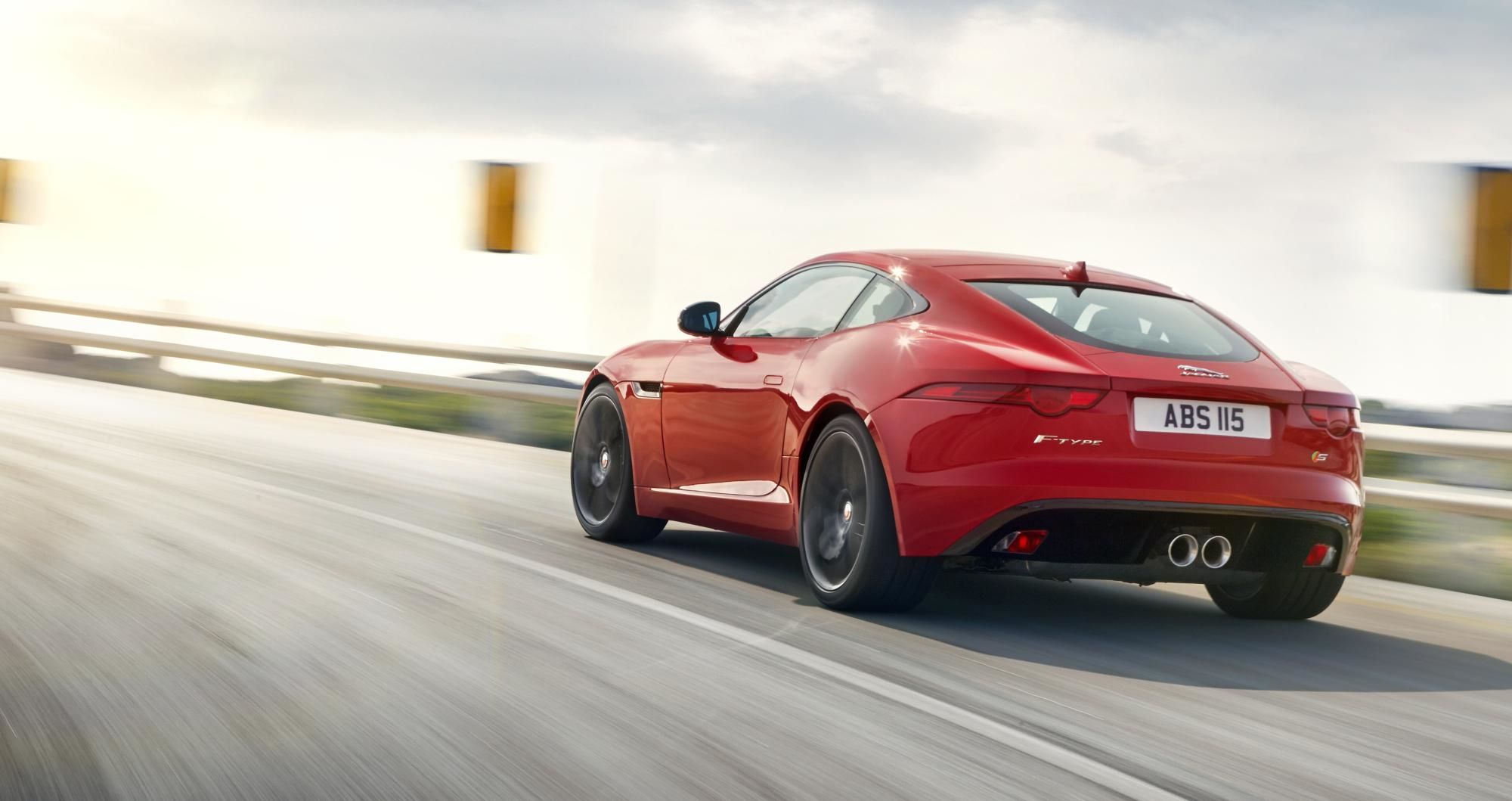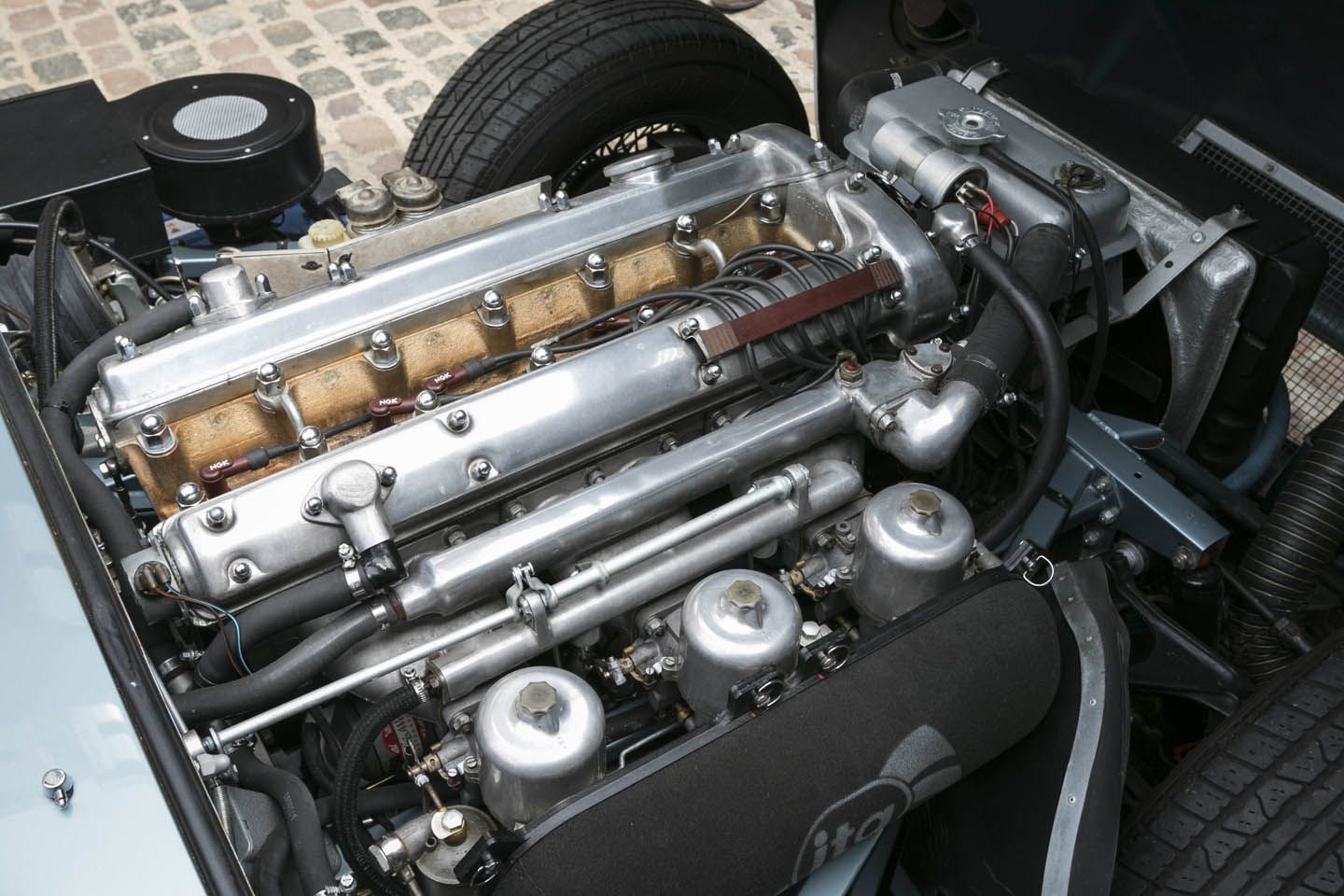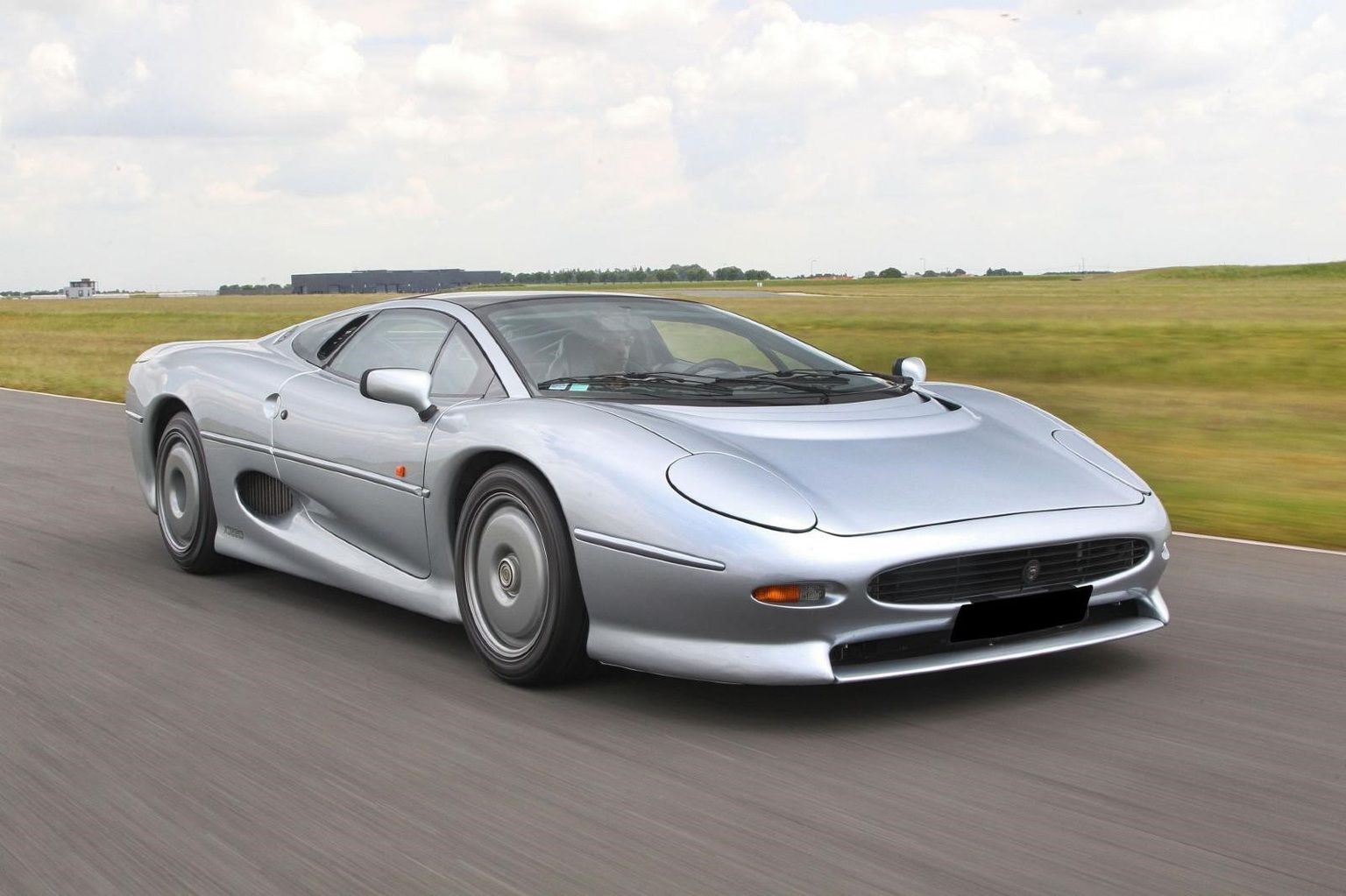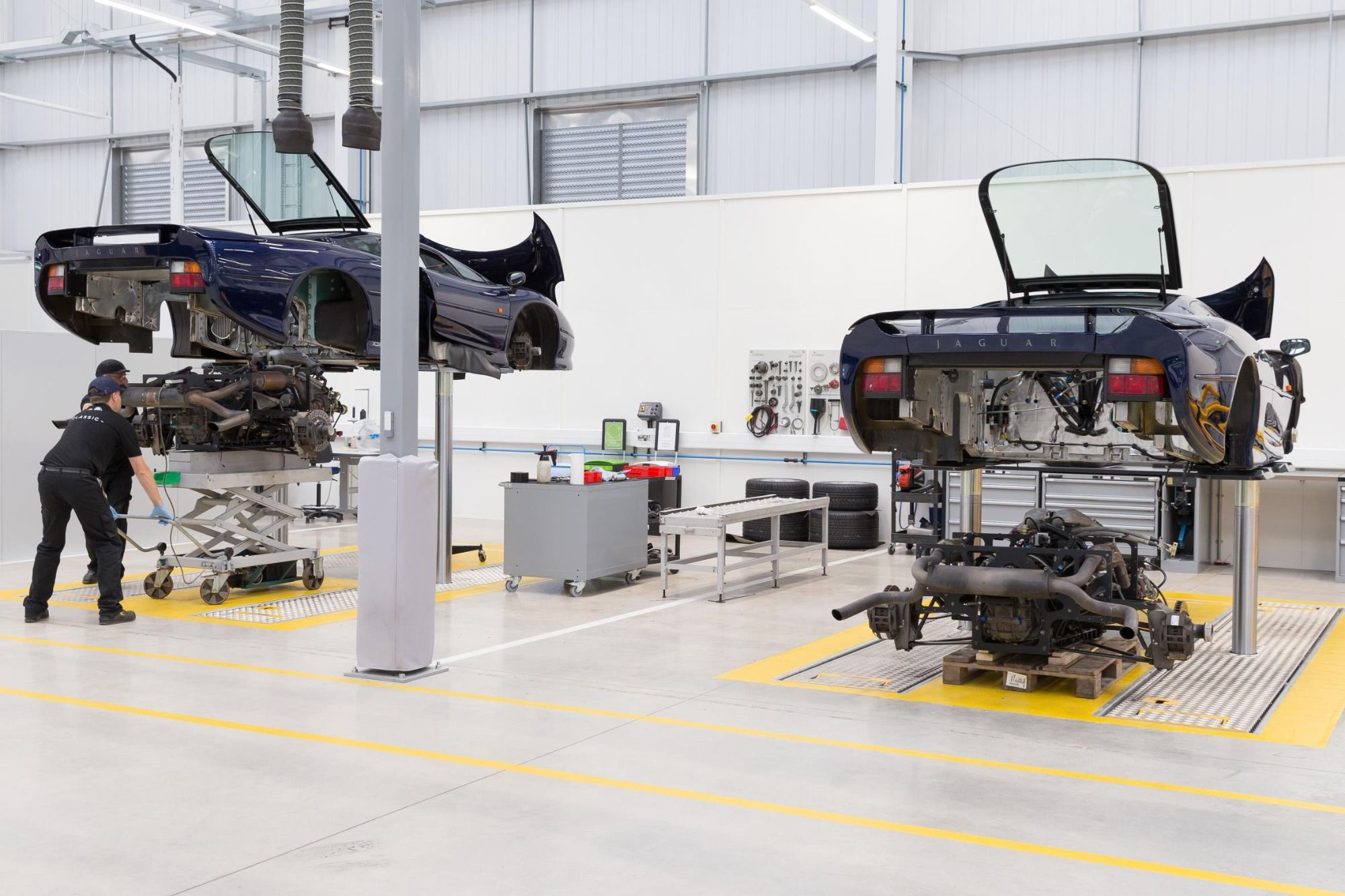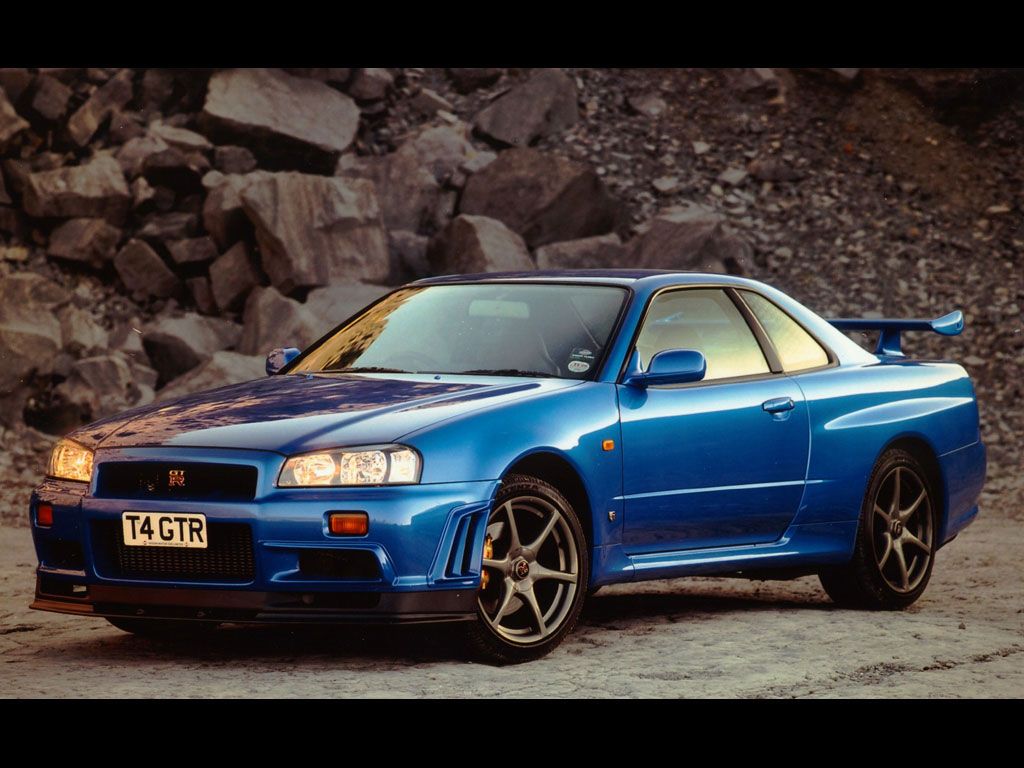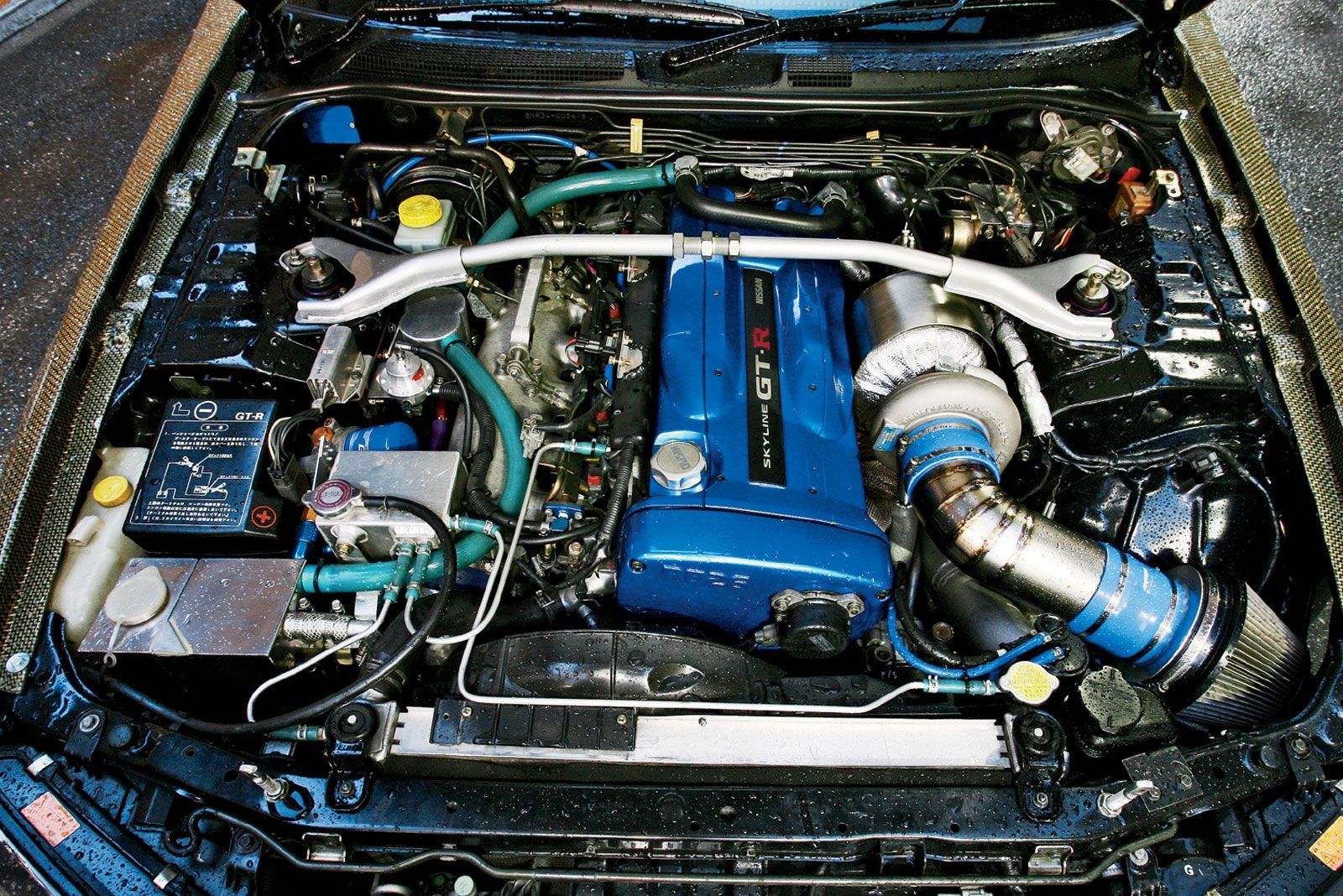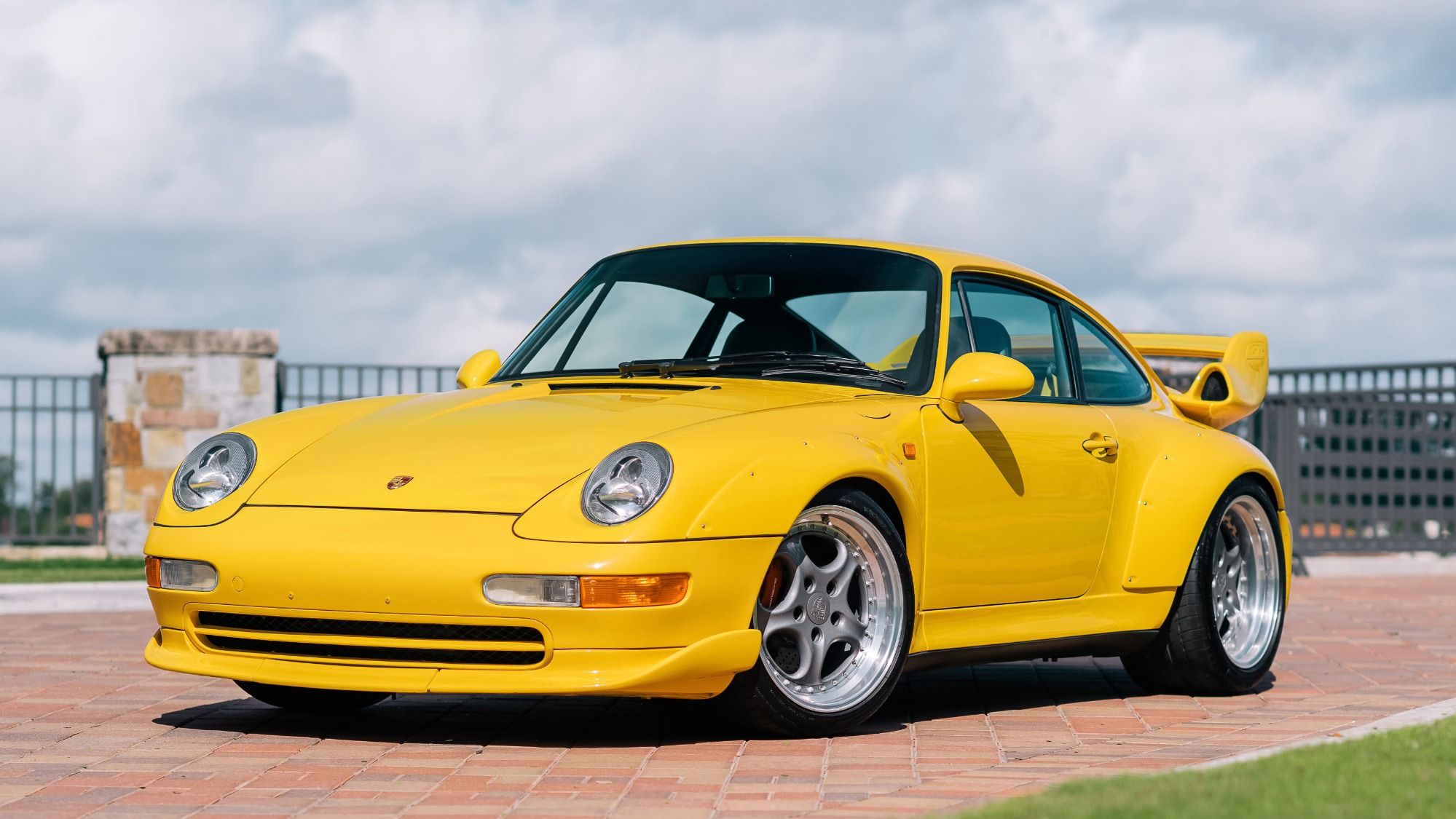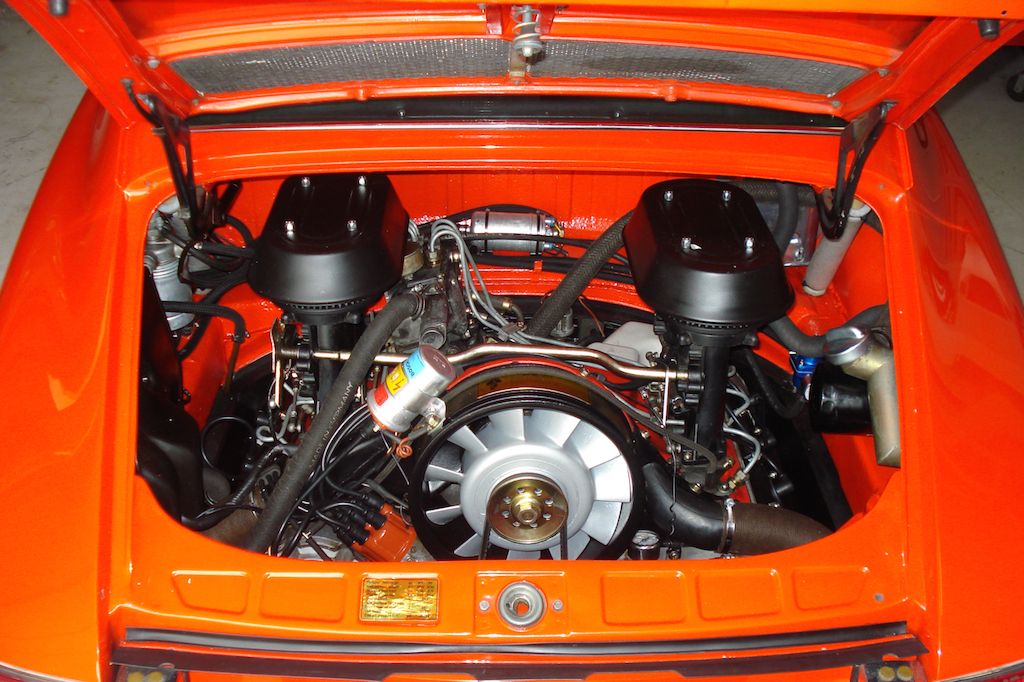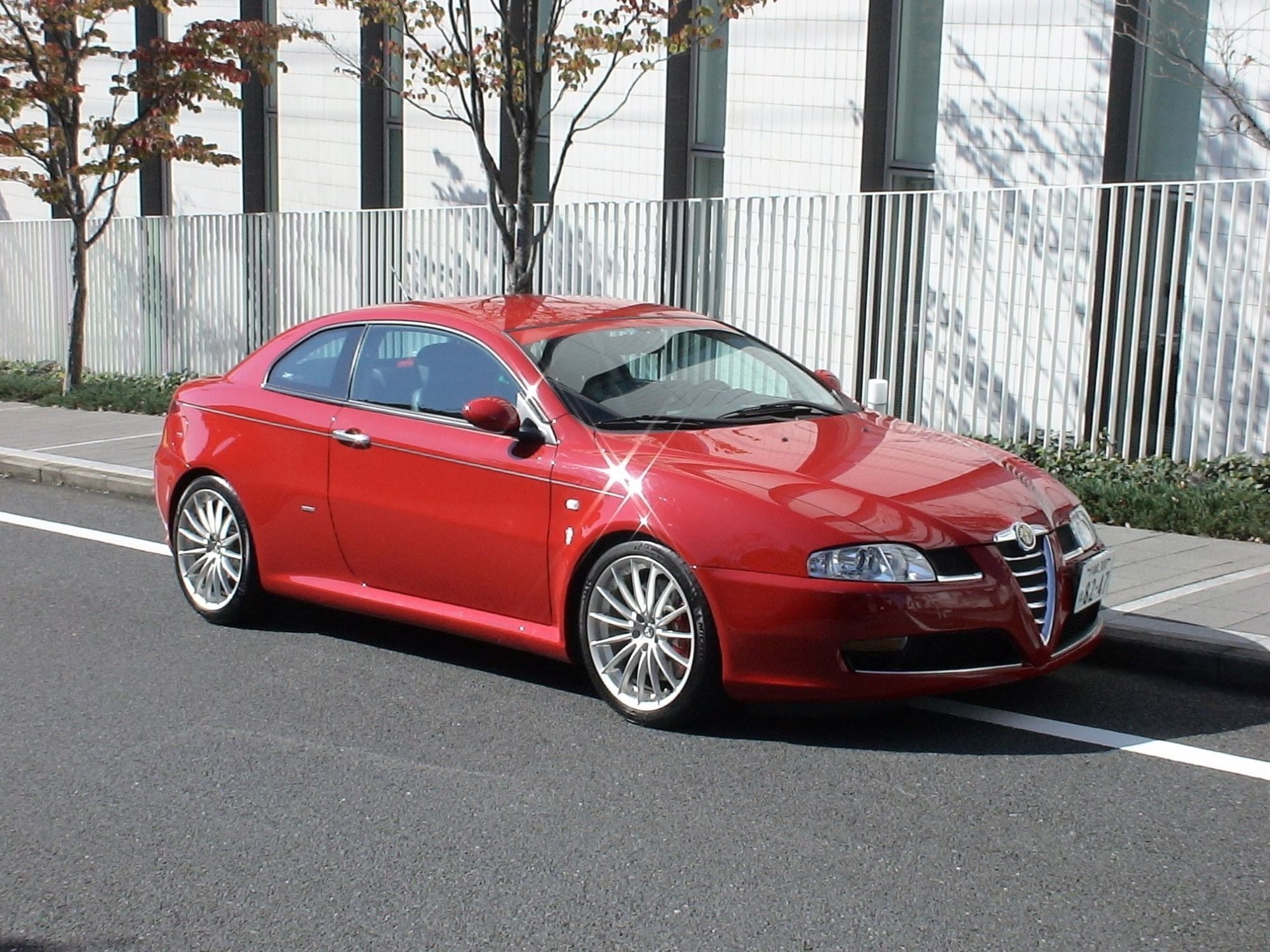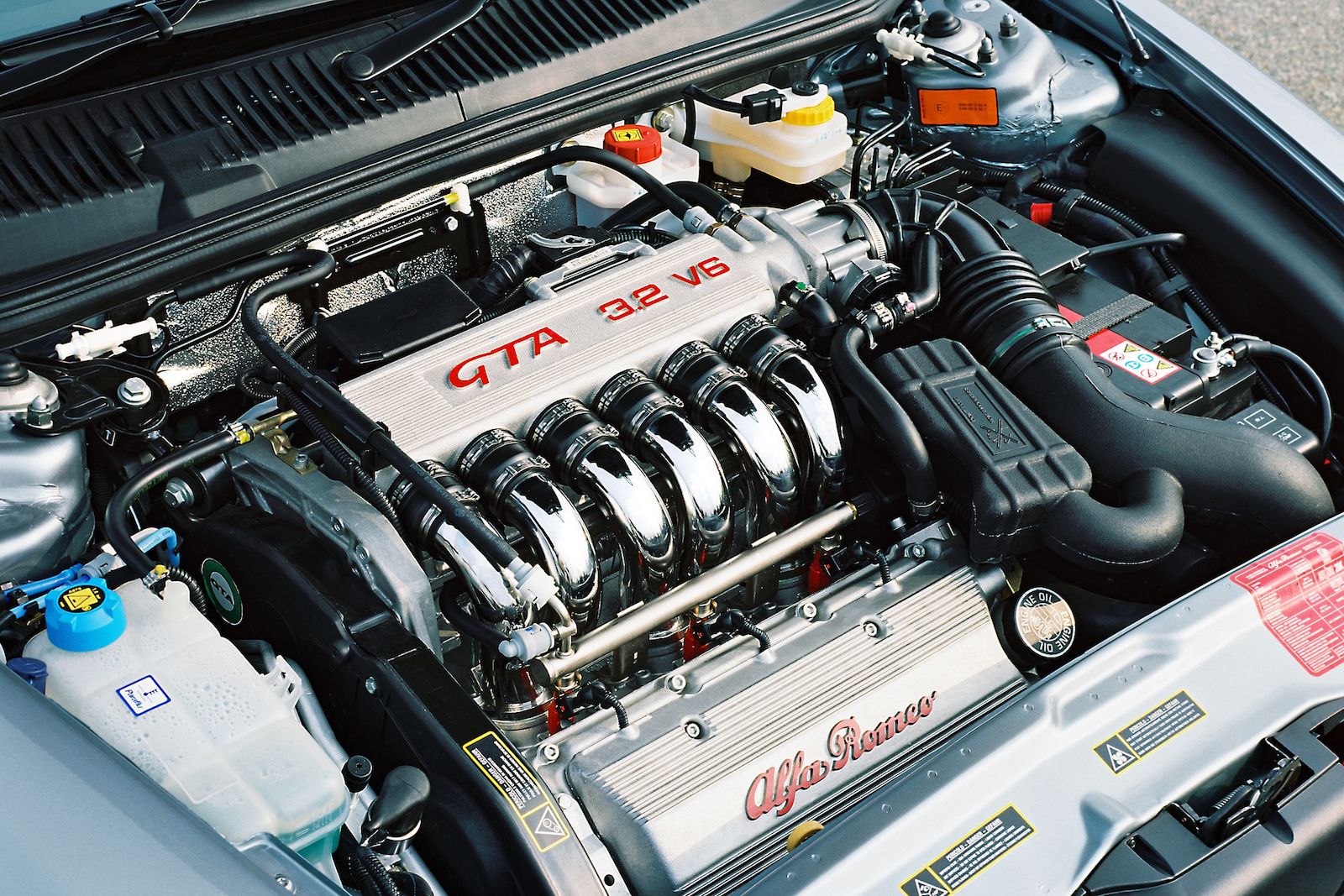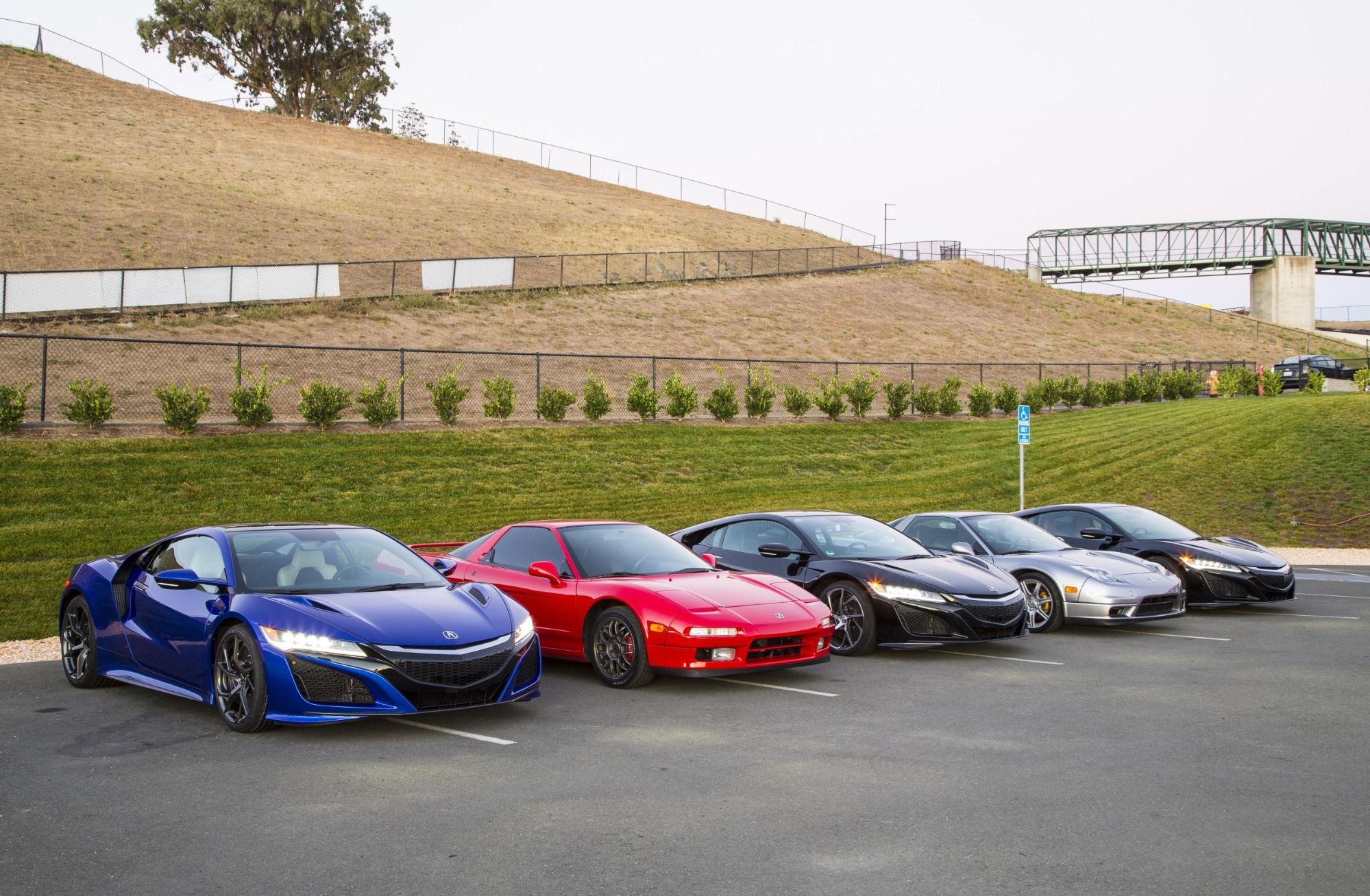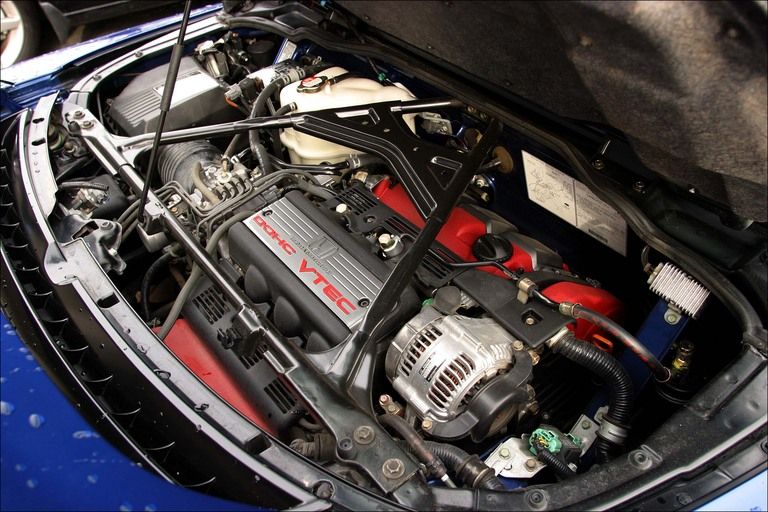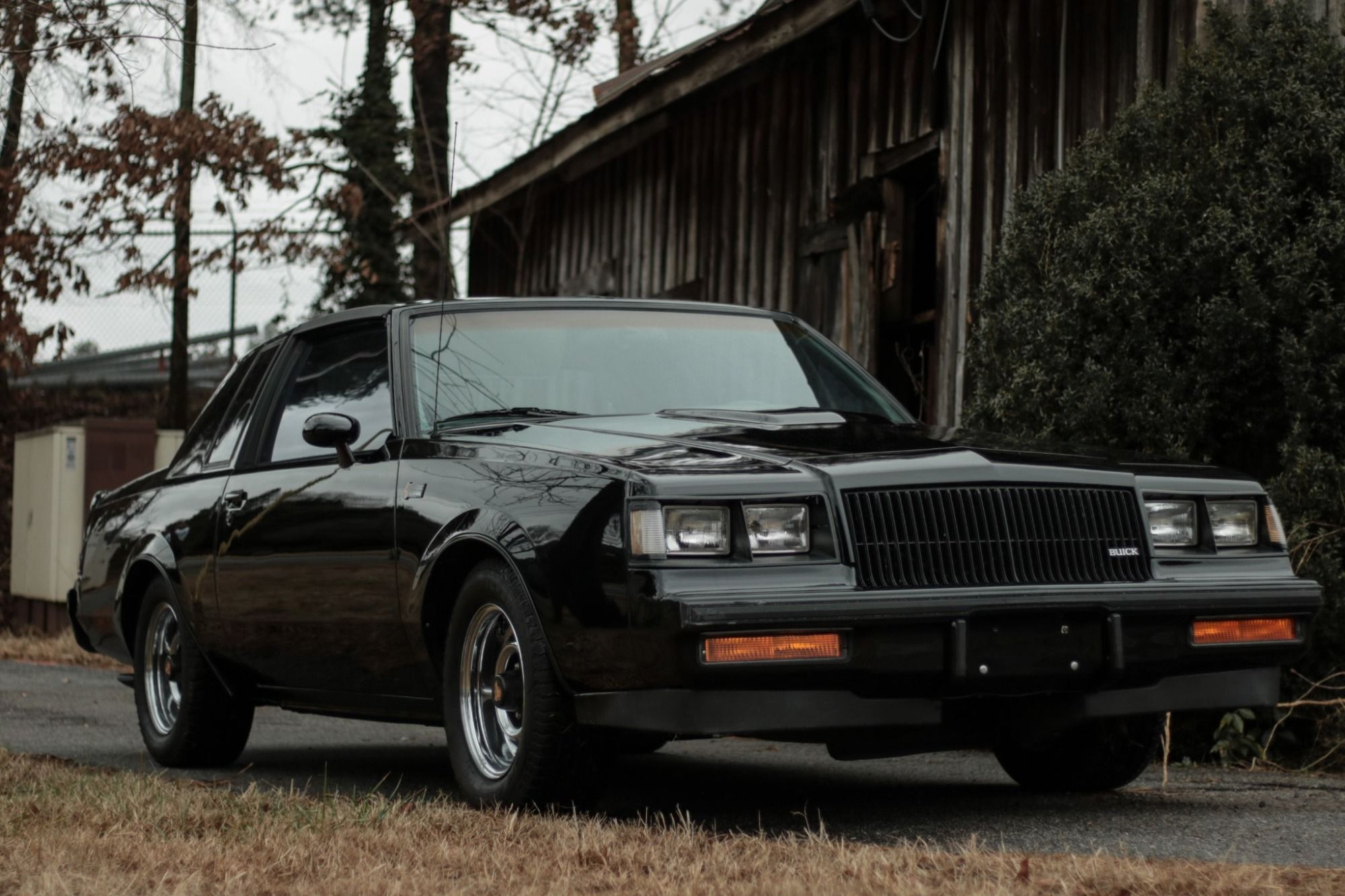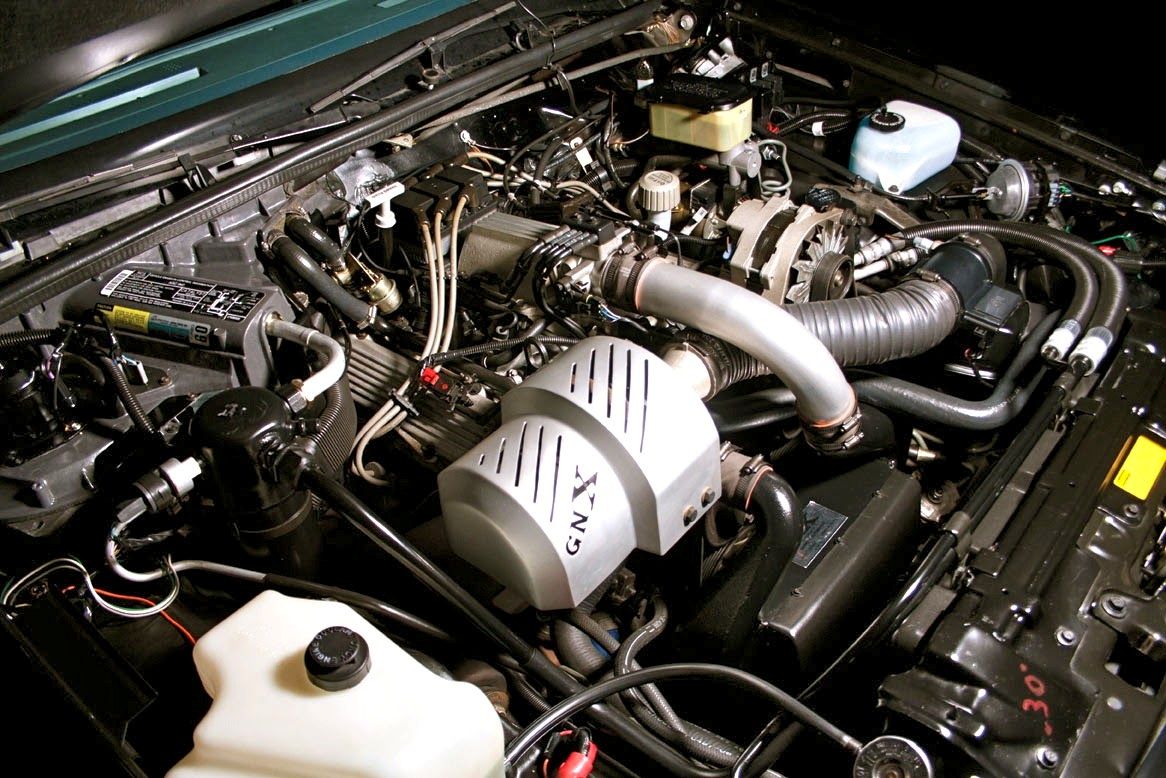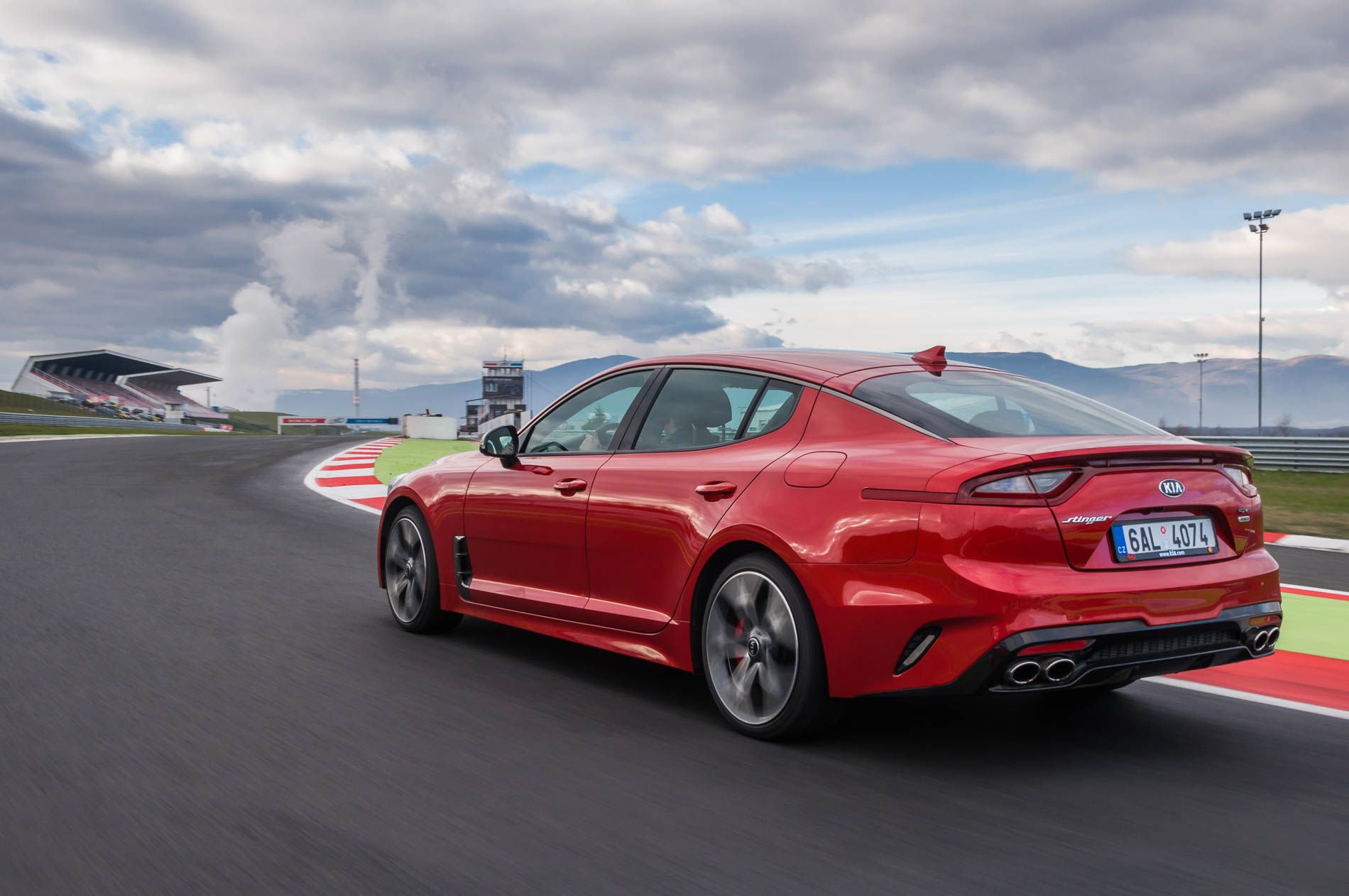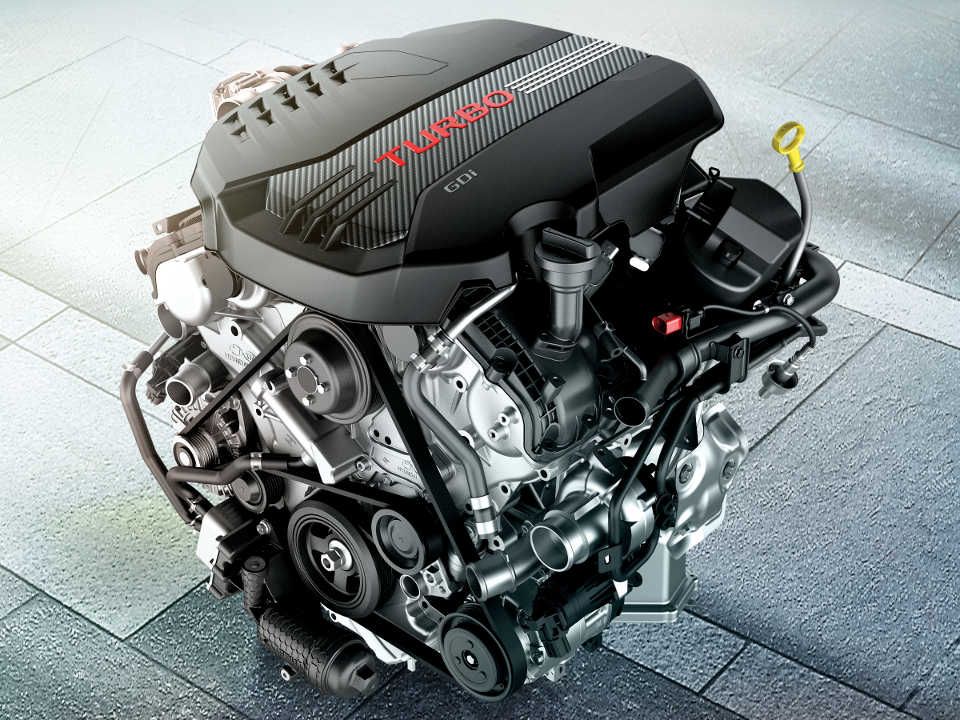The 6-cylinder engine is one of the more versatile powerplants around. It can offer a compact packaging solution in a V or horizontally opposed configuration or perform almost as smoothly as a V12 in an in-line layout. Historically, performance cars used to be associated with V8s but with modern high-efficiency designs and forced induction,
6-cylinder powerplants are often just as powerful as these bigger engines while using less fuel too. Over the years there have been many very special 6-cylinder motors and we take a look at some of the very best past and present offerings.
BMW Inline-Sixes
The inline-six is a rare layout nowadays. It requires a lot of space under the hood and is best suited to a RWD or AWD drivetrain thanks to its longitudinal layout. Despite this, BMW has stuck with this configuration thanks to its durability and a level of smoothness second only to a V12. Two of the most iconic naturally aspirated engines have been the 277-hp M88 3.5-liter unit in the original M1 supercar and the 333-hp S54 engine as found in the E46 M3. The
Mercedes-Benz Sixes
The 300SL Gullwing was quite a machine in its day. Aside from those distinctive gullwing doors, it also debuted fuel-injection for the first time in a production car. The 215 hp 3.0-liter inline-six gave the 300SL a 160 mph top speed which made it the fastest thing on the Autobahn. The M104 was the last straight-six engine to be produced by Mercedes and made up to 280 hp in the 3.6-liter C36 AMG. Mercedes abandoned the inline-six layout in 1997 in favor of the more compact V6 but is now back with a technically advanced inline engine to take on BMW at their own game.
Jaguar Sixes
The XK6 Jaguar engine was manufactured from 1949 all the way up to 1992. Capacities stretched from 2.5-liters all the way up to 4.2-liters and these inline-sixes powered some iconic Jags over the years. Of them, the E-Type is one of the most historically significant. It came in both 3.8 and 4.2-liter versions with power outputs of around 265 hp, making the E-Type one of the fastest sports cars of its time. The current F-Type uses a far more modern direct injection supercharged 3.0-liter V6 engine (AJ126) which produces anything between 335 and 395 hp and up to 339 lb-ft of torque.
Jaguar XJ220 - A Special Case
The XJ220 was initially showcased as a V12-powered supercar but ended up with a heavily reworked V6 taken from the MG Metro 6R4 Group B rally car instead. It may have irked some customers and seemed less exotic than a V12, but with 540 hp and a massive 475 lb-ft of torque on offer, it gave the XJ220 a 217 mph top speed which made it the world's fastest production car until the McLaren F1 arrived. The 3.5-liter V6 was pedigreed in its own way, seeing as it shared some design features with the Cosworth DFV Formula One engine.
Nissan GT-R Sixes
The Skyline GT-R is a modern performance icon that can trace its roots back to the original 160 hp 2.0-liter inline-six which debuted in 1969. The inline-six configuration peaked with the 1999 R34 Skyline GT-R which had a twin-turbo 2.6-liter motor (RB28DETT) that was famed for its ability to be tuned to well over 600 hp and remain reliable. We never did get these Japanese supercars in the US but its replacement most definitely did make it here. The GT-R 35 (Skyline name was dropped) arrived in 2007 and debuted a new 3.8-liter twin-turbo V6 (VR38DETT) and 11 years after its introduction is still a force to be reckoned with.
Porsche Flat-Sixes
The Porsche 911 has used a rear-mounted flat-six engine since the very first 130 hp model rolled off the line in 1963. (There was also a short-lived four-cylinder 912). The flat-six has gone through huge changes over the years, doubling in capacity from its original 2.0-liters. It has also gained water cooling, direct injection and turbocharging. The original Mezger design peaked with the 493 hp 4.0-liter 997 GT3 RS however the flat-six continues (mostly in turbocharged form) in the latest generation 911. The current 700 hp GT2 RS is the most powerful ever and has lapped the Nurburgring faster than any production car in history.
Alfa Romeo Sixes
The Giuseppe Busso designed Alfa Romeo V6 debuted in 1979 and was offered in capacities ranging from 2.0-liters right up to 3.2-liters. Multivalve heads, fuel-injection and even turbocharging were introduced over its 26-year run. Torque was never this engines strong point, but it sounded superb and made good power for its capacity, peaking at 250 hp in the 3.2-liter 156 GTA sedan. The latest V6s are actually Ferrari-derived twin-turbo engines and make 503 hp in
Acura NSX Sixes
The original 1990 NSX was fitted with a 270 hp 3.0-liter V6 that could match contemporary V8 Ferraris in performance but was just as reliable and useable as a family sedan. It did remain in production for a bit too long though. The final models handled superbly and had uprated 290 hp 3.2-liter motors, but by 2005 the game had moved on. The second-generation NSX debuted in 2016 and it is as complex as its predecessor was straight-forward. The new engine is a longitudinally mounted 3.5-liter twin-turbo V6 which is aided by no less than three electric motors. The combined output is a huge 573 hp and as far as hybrid sportscars go, there is not much out there that can match it.
American Performance: Buick Grand National
American performance cars are more often than not powered by great big V8s. The Buick Grand National ignored that commonly accepted route and came packed with a turbocharged V6 instead. Early turbo cars made 200 hp but the final GNX (Grand National Experimental) variants came with intercoolers, fuel injection, computer-controlled ignition and a serious 276 hp. Performance levels eclipsed many contemporary V8s and this boxy Buick could even outrun some European exotics with a few modifications. The '90s GMC Syclone pickup and Typhoon SUV were some other notable performance machines that featured turbocharged sixes in an era when V8 muscle ruled the States.
Korean Kia Stinger Six
The recently launched Kia Stinger is a refreshingly sporty offering from the Korean automaker. Aside from the usual small capacity inline-four that you would expect to find in a Korean sedan, you can also spec a 365-hp 3.3-liter twin-turbo V6. This engine gives the Stinger performance that matches pricier German sports sedans. It offers an aluminum block and head design as well as variable valve timing. Not cutting-edge stuff but the V6 Stinger is a reassuring sign that more advanced performance models will be coming out of South Korea in the future.

